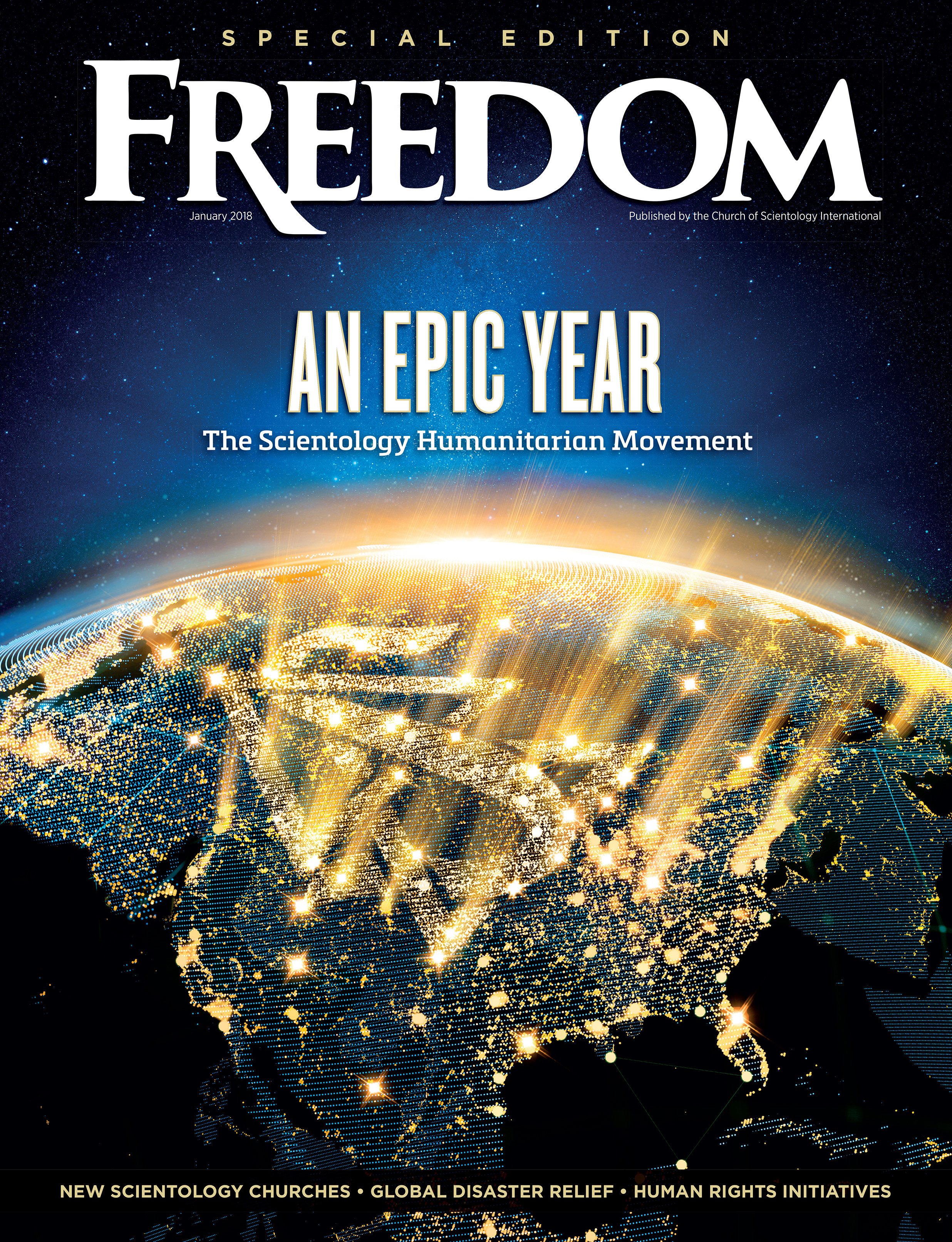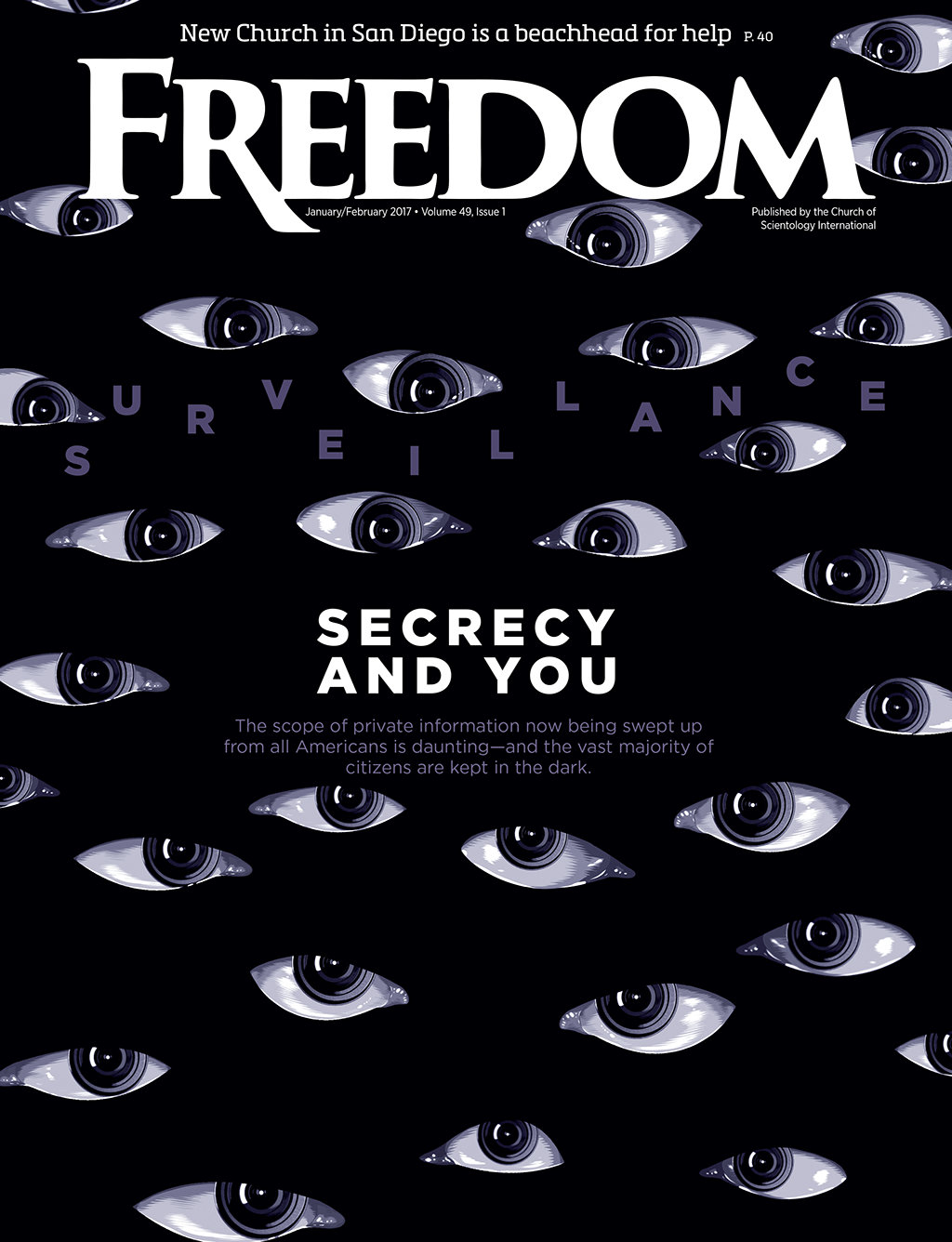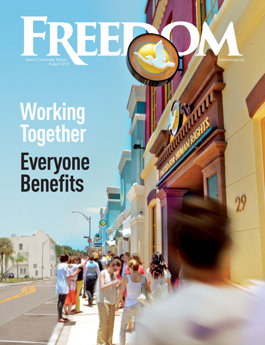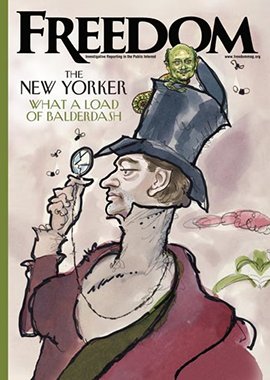In other words, if you go to the emergency room after imbibing a hallucinogen, no matter the outcome of your visit—whether you walk out on your own steam or are carried to ICU on a stretcher—the odds of your death in the next five years is more than 150 percent greater than that of the general population.
It’s better than a crystal ball. The alarming findings came from an analysis of over 11 million emergency room visits and hospital admissions in Ontario from 2006 to 2022, of which 7,953 of those visits were related to hallucinogens.
“I actually thought we were dead.”
Hallucinogens (also known as psychedelics) are reality-altering drugs that twist a person’s perceptions and change their thoughts and emotions. A person on such a drug may see, hear or feel things that aren’t there. LSD, peyote and psilocybin (magic mushrooms) are among these drugs, as are other substances with hallucinogenic properties, like MDA (a synthetic psychedelic also known as Sally), MDMA (Ecstasy), ketamine and PCP.
“Liz” was at a rave party where “I saw a guy who had stuffed himself with Ecstasy repeat for hours, ‘I am an orange, don’t peel me. I am an orange, don’t peel me.’ Another guy thought he was a fly and wouldn’t stop hitting his head against a window.”
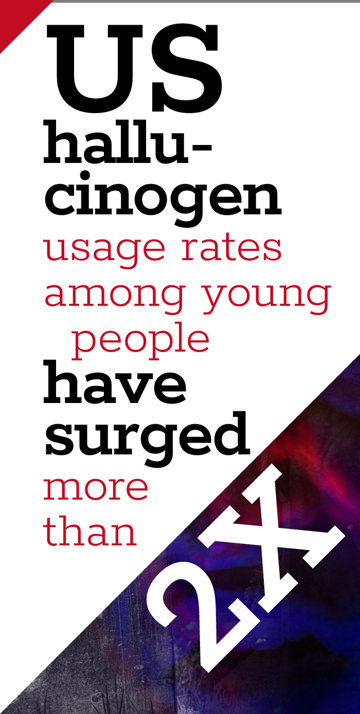
“Jenny” said that, after taking LSD, “I imagined that we had driven head-on into an eighteen-wheeler and were killed. I could hear the screeching metal, then a dark and evil quiet. I was terrified at this point. I actually thought we were dead.... For a year I wouldn’t go into any cemetery because I was terrified I would find my own grave.”
The paper, published in the Canadian Medical Association Journal, found that the risk of death increased regardless of the age or sex of the person—the one common factor being hallucinogen use requiring hospital care.
And the cause of that premature death? The study tabulated that as well and it, too, is “particularly” consistent: suicide.
Additionally, the authors point out that the use of hallucinogens globally has increased at a rapid rate over the past decade. Usage among young people in the US aged 19–30, for example, more than doubled from 3.8 percent in 2013 to 8.9 percent in 2023.
So the use of hallucinogens, unsafe when taken in any amount, is increasing exponentially to epidemic proportions.
Yet despite all that—the deaths and ruined lives, the clinical data as well as the clinicians screaming, “Danger!”—the psychiatric industry is aggressively and with disturbing enthusiasm pushing to legalize hallucinogens as a part of that industry’s bag of tricks—a circumstance also noted by the study’s authors, who give notice of their “concerns that hallucinogen use may also increase the risk of serious adverse events, including suicidality and death.”
“May.” As if.
How much bigger will the grim garden of silenced voices grow?
The researchers present a panic-inducing message in conservative, lab-friendly language. Translated into plain English, we are being warned that psychiatry is attempting to open the floodgates on an already torrential tsunami of deadly hallucinogenic drug abuse.
Some of the bright lights lost to reality-warping drugs include:
- Dallas Cowboys offensive tackle and three-time Super Bowl champion Mark Tuinei—found in his antique Ford car, age 39, the victim of a deadly concoction of Ecstasy and heroin.
- Music producer, record label owner and DJ Erick Morillo, age 49—found dead with ketamine in toxic amounts, along with Ecstasy.
- Scott Weiland, age 48, lead vocalist of Stone Temple Pilots—found dead on his tour bus after an overdose of MDA along with cocaine and alcohol.
- Popular Canadian fashion model Erin Spanevello, age 21—fell into an irreversible coma, then died from cardiac and respiratory failure induced by an overdose of Ecstasy along with GHB, a depressant drug. Her laughing young face was featured on the Royal Canadian Mounted Police’s antidrug campaign poster: “the agony of Ecstasy … the end of a life.”
- Matthew Perry, the star of the popular series Friends, age 54—found in his hot tub at home unresponsive from ketamine.
How much bigger will the grim garden of silenced voices grow?
A football champ, a music producer, a rock star, a model and a beloved actor who came in to our homes every week. What would they have to say about psychiatry’s eagerness to put the substances that killed them into prescription bottles dispensed at your local CVS?
If the poison-pushing psychiatric industry gets its way, the litany of loss will include a category entirely different from those seeking “recreation” or “escape.” It will be “those who reached for help and were handed death.”








